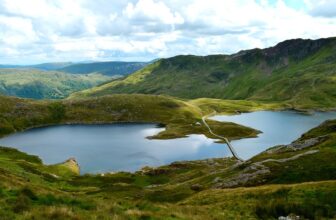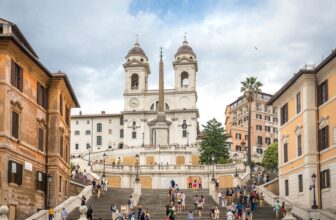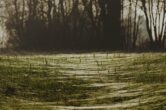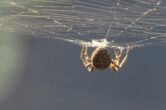My husband is a faithful rodeo attendee, and he never misses a single chuckwagon race. He loves the Calgary Stampede. Every year in July, he dons his cowboy duds for the official 10 days of the Stampede and any periphery events. This year he will truly miss his favourite event of the year as we will not be in Calgary. The excellent news, there is no shortage of cowboy culture, horses and bulls in Provence.
The Camargue, is located to the west of Marseille, south of Arles, divided by the Rhone river and bordered by the Mediterranean. This unique landscape is the marshy, wetland of the Rhone river delta. The Camargue is large, at 930 sq-km, at least one-third of which is water in the form of lakes or canals. This wild, beautiful countryside has been protected in some fashion since 1927. In 2008, it was incorporated into the Parc naturel régional de Carmague, and it has been designated a UNESCO World Heritage Site. It is certainly a place worth protecting.
Aside from water, the Camargue is filled with fauna. There are black bulls (taureau) bred for two purposes; fighting and their meat. The landscape is home of a distinctive, powerful white horse. These steeds are a peculiar, small breed that have adapted to the harsh local conditions, over thousands of years. Both the bulls and the horses, roam semi-feral around the ranches or manades. There are also lots of birds, thousands of them, including flocks of pink flamingos.
Like all areas of France, the Camargue can boast about a strong, local industry built around the cultivation and production of food. There are rice paddies that stretch for kilometers, although production is now a third of what it was in the 1970s. Other planted grains included corn, wheat and canola. On drier land, there are vineyards and fruit trees. Local fishing and Fleur de Sel (specialty salt) production are also significant sources of employment in the region.
What does that have to do with the bulls?
Bulls have existed in this marshy area since Roman times. Organized Spanish bullfighting (the corrida) first took place in the Arles arena in 1853, although events had been taking place for over 150 years by then. The Ferias or fairs are enormous attractions in the region, the season runs from mid-March to mid-November, it is known as saison taurine. The largest events can attract more than 500,000 spectators. Aside from the corrida there are a number of other popular events, which range in levels of insanity.
The course camarguaise a sport with humble origins as a form of a daring farmyard game. It achieved official status in 1975. The goal of course a la cocorade is to cut or remove ribbons from a bull's horns for prize money. The participants are called raseteurs. They need to remove three attributes (attributs) from the bull in order to win prize money. The three items are, the roundel (a red ribbon attached on the centre of the bull's head), the acorn (two white tufts attached to the horns) and the string (this is wrapped around a horn and should be removed last). The crowd is typically cheering for the bull. The manade owners are extremely proud to have their bulls featured in the events, and even happier if the animal wins the heat and earns some prize money. This event offers exciting entertainment, with agile cowboys and fast bulls.
Encierros, which is the same as the Spanish name for bull running in the streets. This event does not need much explanation. Bulls are let loose in narrow village streets, with brave or insane participants running ahead of them. The events in Provence may not be as famous as that of Pampalona in Spain, a seven-day festival held annually from July 6-14. However, the idea of the encierro is the same with large, powerful mammals running through the streets.
The abrivado an event that originally related to the herding of bulls from their grazing lands to the arena. This event has evolved and now the herdsmen on horseback deliver the bulls to town centres. This ancient practice has continued to gain crowd appeal. Spectators make noises and gestures in an attempt to intimidate the horses, in hopes the taurine will escape.
Surrounding all of this craziness are parties, traditional costumes, prizes and a whole lot of cowboy fun.










